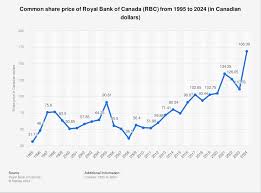
Introduction
Austria, a landlocked nation in Central Europe, is known for its rich cultural heritage and stunning landscapes. More significantly, the country plays a crucial role within the European Union and the global economy. As nations around the world strive to recover from the impacts of the COVID-19 pandemic, Austria’s economic performance serves as an important case study for both European stability and post-pandemic recovery tactics.
Current Economic Situation
Recent data reveals that Austria’s economy has shown resilience in rebounding from the downturn caused by the pandemic. According to the Austrian National Bank, the country’s GDP is projected to grow by approximately 4% in the coming year, recovering to pre-pandemic levels. This growth is attributed to several factors, including an increase in exports, a rebound in tourism, and government support programs designed to mitigate the impacts of the pandemic.
Tourism’s Role in Recovery
Tourism is a vital sector for Austria, contributing significantly to its economy. In 2022, international tourist arrivals surged, bringing much-needed revenue to cities like Vienna and Salzburg. In fact, tourism accounts for about 7% of Austria’s GDP, and the government has implemented measures to attract travelers, including marketing campaigns and investment in infrastructure. Authorities expect that this influx will continue into 2023, helping to stabilize and grow the economy further.
Challenges Ahead
Despite these positive indicators, Austria faces several challenges as it progresses toward a complete recovery. Inflation, driven by rising energy costs and supply chain disruptions, poses a considerable threat. The inflation rate in Austria reached 5.2% in September 2023, a notable increase that could impact disposable income and consumer spending. Additionally, labor shortages in specific sectors, particularly hospitality and construction, represent hurdles that need to be addressed promptly.
Conclusion
Austria’s journey towards economic recovery is marked by both progress and challenges. While the resurgence in tourism and a favorable GDP outlook foster optimism, stakeholders must remain vigilant against inflation and labor market issues to ensure sustainable growth. The lessons learned from Austria’s experience could serve as valuable insights for other countries facing similar post-pandemic recovery scenarios. Investors and policymakers should keep a close eye on Austria’s evolving economic landscape as it continues to adapt to new global realities.

